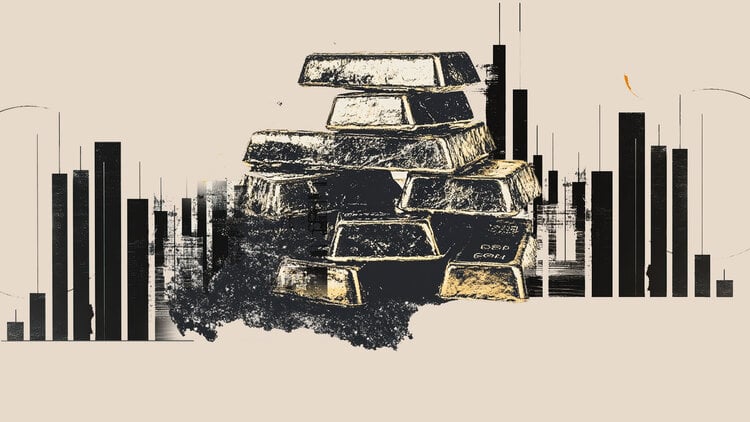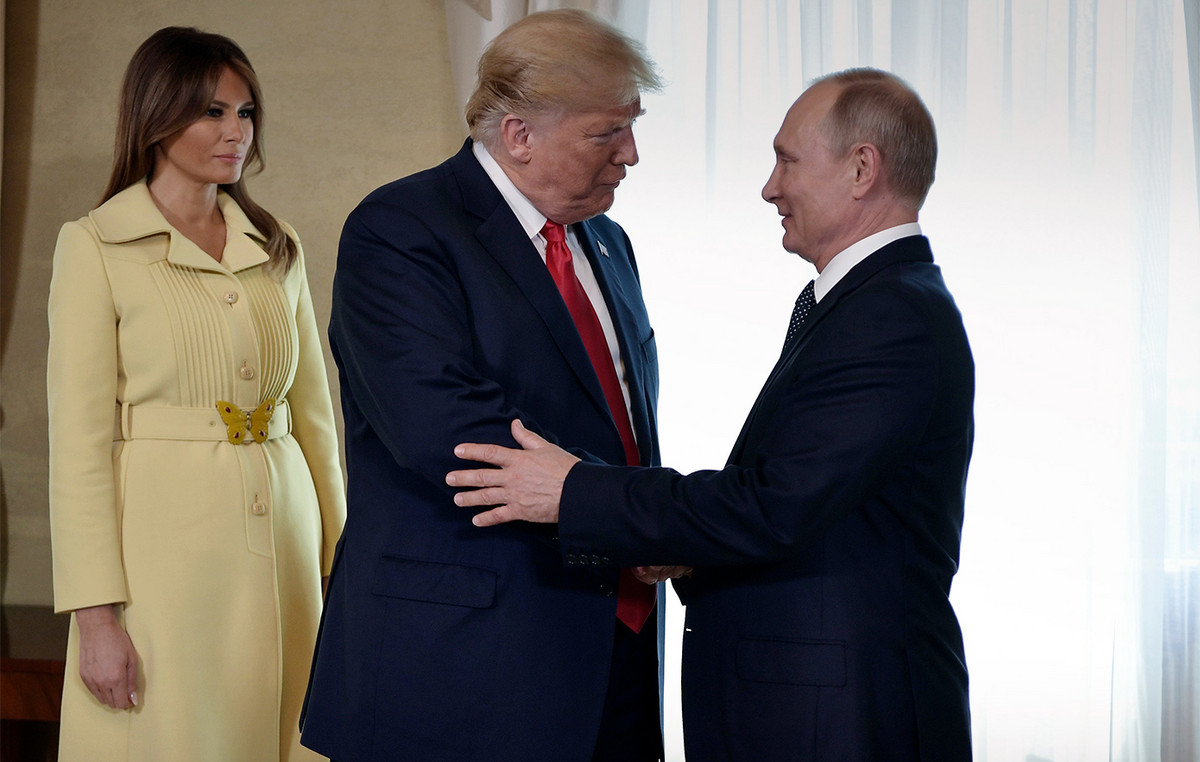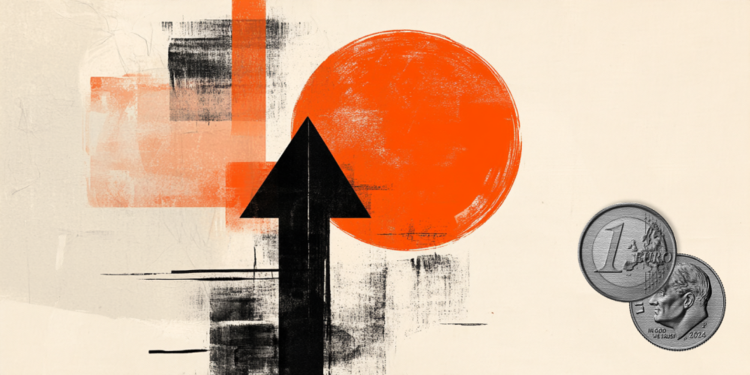- The US Dollar's rally is likely to continue, driven by the strength of the US economy and rising US Treasury yields.
- March durable goods orders were strong.
- The Fed's hawkish bets could also benefit the US dollar.
The US Dollar Index (DXY) is trading slightly higher at 105.90, buoyed by elevated US bond yields and aggressive bets on the Federal Reserve (Fed). The US economy continues to show solid growth, which has forced markets to delay their expectations for rate cuts.
In the US, the Fed maintains a firm hawkish stance despite weak preliminary PMIs for April. Furthermore, the persistence of elevated US Treasury yields due to strong supply injection could boost the US dollar further. The most notable data of the week will be the Personal Consumption Expenditure (PCE) for March, on Friday, and the preliminary figures for the Gross Domestic Product (GDP) for the first quarter, on Thursday.
Daily Market Moves Summary: DXY Maintains Gains After Mid-Level Data
- Durable goods orders posted a 2.6% increase in March, although the previous 1.3% rebound was significantly revised to 0.7%.
- Orders excluding transportation increased by 0.2%, reversing the revised decline of 0.3% to just 0.1%.
- The Fed's current monetary policy stance means expectations of easing remain low and steady. The market sees little chance of a rate cut at the next meeting in June, while in July the probability drops to 45%. For September, a rate cut is not yet fully anticipated, with the probability reduced to 90%.
- US Treasury yields show a mixed trend. The yield on two-year bonds stands at 4.93%, that on two-year bonds at 4.66% and that on ten-year bonds at 4.65%. Despite the mixed movement in yields on Wednesday, the rise in US Treasury yields generally supports the strength of the Dollar.
DXY Technical Analysis: DXY Bullish Momentum Remains Flat, Markets Await Direction
The indicators on the daily chart reflect a mixed scenario. The flat position of the RSI in positive territory indicates that the buying impulse is present but somewhat muted, as there does not seem to be a definitive direction. This suggests that the bulls are exerting control, but are struggling to gain more ground.
The declining green Moving Average Convergence Divergence (MACD) bars point to a slowdown in bullish momentum, so a transformative shift into bearish territory is possible as the selling force begins to press.
However, the picture is somewhat more nuanced. Despite this slow short-term bullish momentum, the DXY is currently trading above its 20,100 and 200-day simple moving averages (SMA). This not only points to persistent buying pressure, but also signals a longer-term bullish bias.
US Dollar FAQ
What is the US Dollar?
The United States Dollar (USD) is the official currency of the United States of America, and the “de facto” currency of a significant number of other countries where it is in circulation alongside local banknotes. According to 2022 data, it is the most traded currency in the world, with more than 88% of all global currency exchange operations, equivalent to an average of $6.6 trillion in daily transactions.
After World War II, the USD took over from the pound sterling as the world's reserve currency.
How do the decisions of the Federal Reserve affect the Dollar?
The single most important factor influencing the value of the US Dollar is monetary policy, which is determined by the Federal Reserve (Fed). The Fed has two mandates: achieve price stability (control inflation) and promote full employment. Your main tool to achieve these two objectives is to adjust interest rates.
When prices rise too quickly and inflation exceeds the 2% target set by the Fed, the Fed raises rates, which favors the price of the dollar. When Inflation falls below 2% or the unemployment rate is too high, the Fed can lower interest rates, which weighs on the Dollar.
What is Quantitative Easing and how does it influence the Dollar?
In extreme situations, the Federal Reserve can also print more dollars and enact quantitative easing (QE). QE is the process by which the Fed substantially increases the flow of credit into a clogged financial system. This is an unconventional policy measure used when credit has dried up because banks do not lend to each other (for fear of counterparty default). It is a last resort when a simple lowering of interest rates is unlikely to achieve the necessary result. It was the Fed's weapon of choice to combat the credit crunch that occurred during the Great Financial Crisis of 2008. It involves the Fed printing more dollars and using them to buy US government bonds, primarily from financial institutions. QE usually leads to a weakening of the US Dollar.
What is quantitative tightening and how does it influence the US dollar?
Quantitative tightening (QT) is the reverse process by which the Federal Reserve stops purchasing bonds from financial institutions and does not reinvest the principal of maturing portfolio securities in new purchases. It is usually positive for the US dollar.
Source: Fx Street
I am Joshua Winder, a senior-level journalist and editor at World Stock Market. I specialize in covering news related to the stock market and economic trends. With more than 8 years of experience in this field, I have become an expert in financial reporting.







